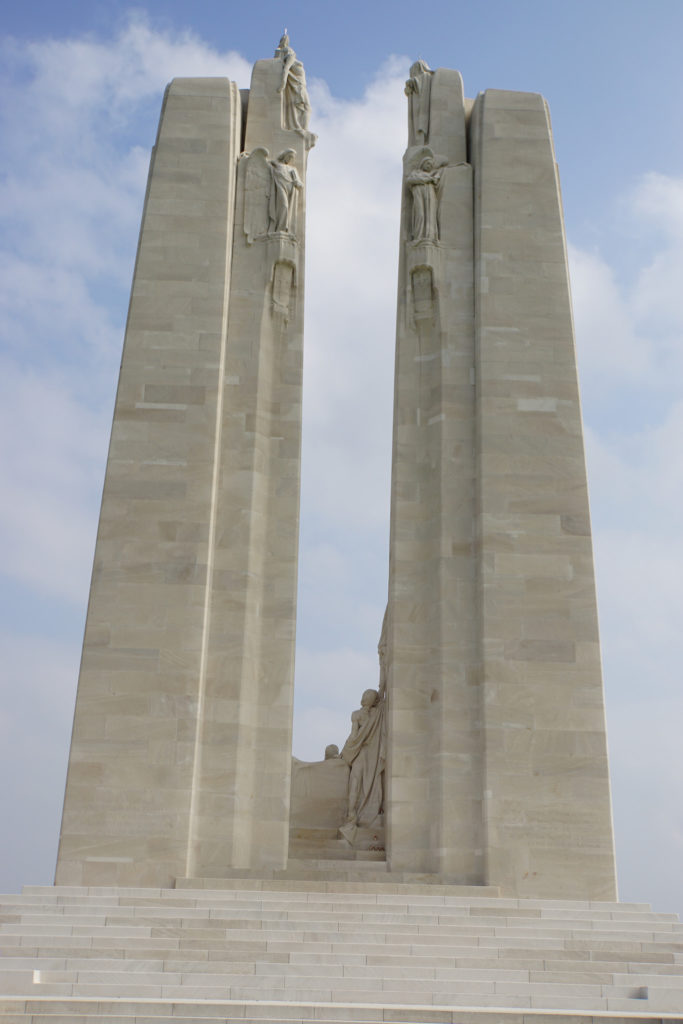
Jan-Christof Telford/Via Flickr
I was recently very fortunate to be invited along as Tour Director for an advance tour of some of the sites to be visited to commemorate the 95th anniversary of the capture of Vimy Ridge by Canadian forces during World War I. The two-bus group was made up of over 70 teachers from across Canada, several staff from our Toronto office and Lucerne operations team, Matt Billett – one of our great Tour Directors – and National Student Tour Coordinator, Dave Robinson. Dave is a retired Canadian history teacher who has partnered EF to educate young Canadians about their country’s contribution to victory in the World Wars.
In April 2012, EF will have thousands of students travelling with teachers on a number of tours across Europe. The itineraries converge on Vimy for a day of ceremony and celebration on Monday April 9th.
In addition to Vimy, a number of tours will also visit the site nearby at Beaumont Hamel. This battlefield remains as a tribute to the bravery of the soldiers of the Royal Newfoundland regiment who fought there on the first day of the Battle of the Somme and who were almost wiped out in the first twenty minutes of action. The memorial at Vimy is a moving site, a touching tribute to those Canadians who fought as well as a rarity in being a memorial that blends so wonderfully with the tranquil countryside around it. Beaumont Hamel is a superb teaching tool. So often we are required to fill in gaps for groups or ask them to use their imagination when visiting a site. However, the Beaumont Hamel battlefield allows the visitor to stand at one point and clearly observe where the combatants would have been stationed and the nature of the advance. It is a rare case of allowing the site itself to do the teaching.
Today, these memorials stand in peaceful countryside and while visiting the memorial at Thiepval, one of our guides gave us an impassioned introduction to the nature of the conflict almost a century ago. For those soldiers involved this was not about London, Paris or Berlin, for far too many those would remain cities they would never see. Instead, it was conflict in brutal conditions for small tranches of terrain. The war sometimes became a testing ground for military procedure, with lessons learned at the cost of hundreds of thousands of lives.
It is exciting to be a part of bringing our travellers to stand in places to reflect upon the contributions made by soldiers who were the same age as the students are now. Beyond this reflection is the opportunity to travel, to take in other sites and to enjoy the feeling of being somewhere new. And this, for me, is an important part of the itineraries EF is offering. They concentrate on the important sites but also allow for recreation, for students to get together in large numbers, to share time with one another and to mature as individuals.
Related articles
